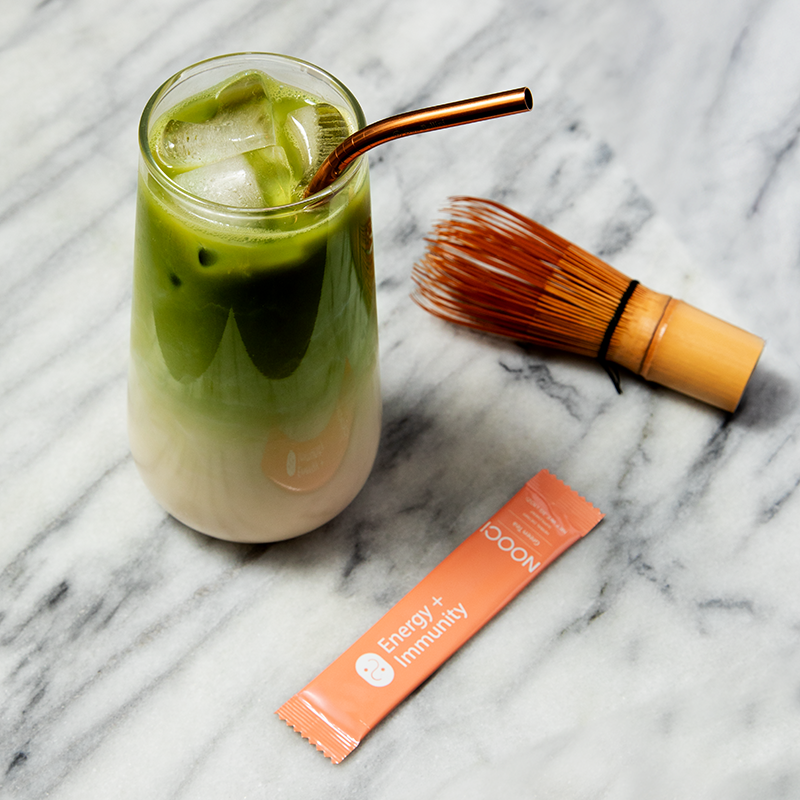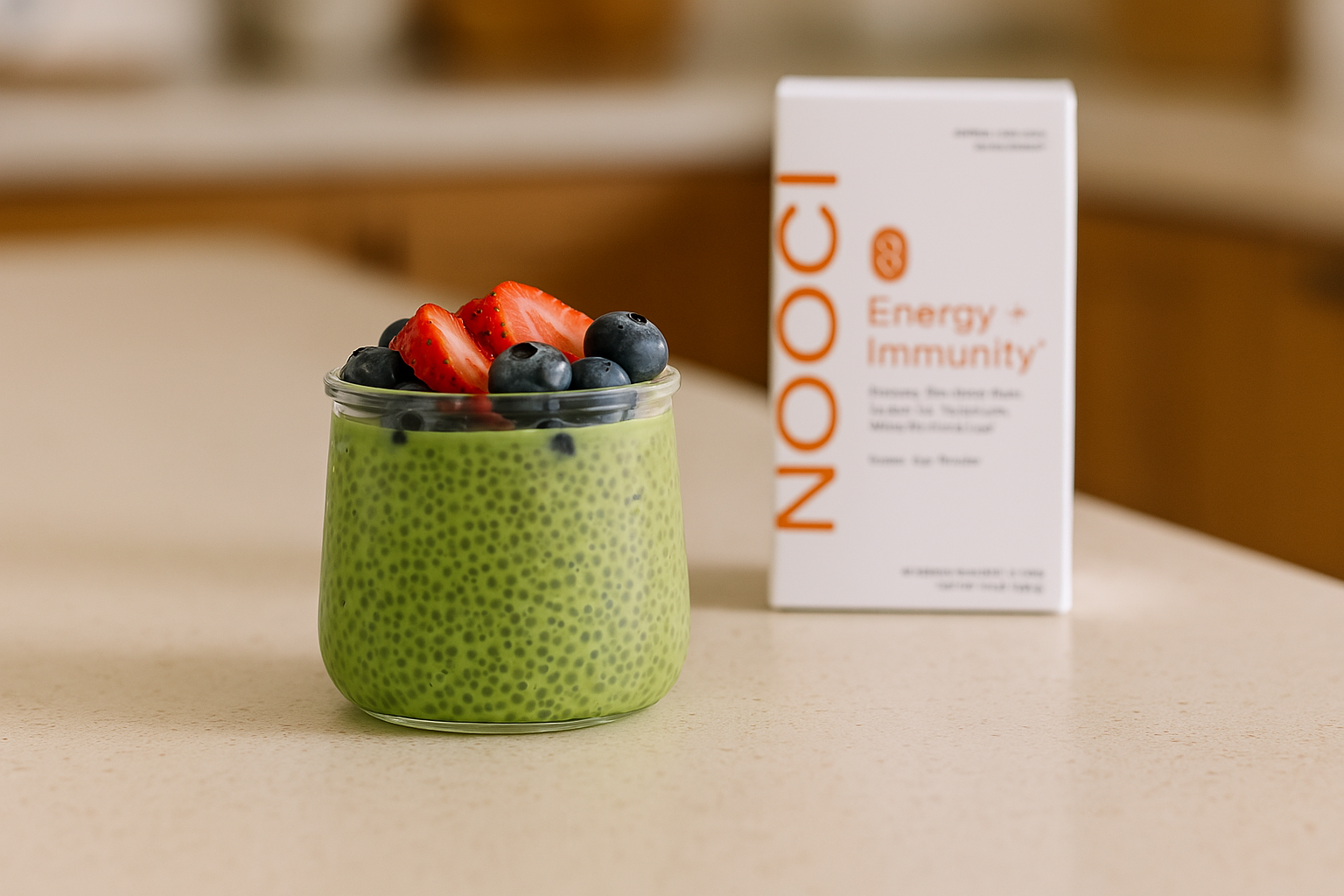Tea has been an integral part of Chinese culture and medicine for nearly 5,000 years, offering both a diverse range of flavors as well as a plethora of health benefits. For those interested in dipping their toe into TCM practices, drinking tea is a simple and enjoyable way to begin.
There are six foundational Chinese teas: green, yellow, white, oolong, red, and dark. Though all Chinese tea is derived from the same plant, the camellia sinensis, the six teas are distinguished by the type of processing that their leaves undergo. These different processes result in teas that each have their own unique taste, color, and health benefits.
Green Tea
Considered the oldest tea variety, green tea undergoes minimal processing. The leaves are plucked and dried on the same day, which minimizes oxidation of the leaves. As a result, the tea reflects the natural green color of the leaves and is rich in vitamin C, minerals, and antioxidants. Green tea is a cooling, bitter tea that is known to clear heat and relieve toxicity. This is a great daily option for those with warm body constitutions, or who wish to treat inflammation and infection and aid digestion, blood flow, and qi flow.
Yellow Tea
Yellow tea has a light golden hue and a mild, sweet taste. The production process is similar to green tea, but with an additional step called “sealed yellowing.” After the tea leaves are dried and rolled, they are then encased and steamed to increase oxidation. This process removes the earthy flavor, making yellow tea lighter and more mellow in taste than green tea. Yellow tea is very high in antioxidants and is often lauded for its anti-aging and metabolism-boosting properties.
White Tea
Considered one of the rarest and most expensive teas, white tea is harvested only once a year at the beginning of spring. White tea undergoes the least amount of processing, as the leaves are harvested while they are still in bud form and are neither crushed nor rolled. This minimal processing results in a delicate flavor. White tea is a healing tea, effective for boosting the immune system, fighting carcinogens, and protecting the body from urban pollution. It is also cooling, making it effective for clearing internal heat and toxicity. Additionally, white tea’s relatively low in caffeine content means it is a great daily tea for those who are caffeine-sensitive. A popular white tea is Silver Needle white tea, which is grown in the Fujian Province and has a light, sweet, and woody flavor.
Red (Black) Tea
Red tea – also called black tea in Western cultures – is made from the fresh shoots of the tea plant. Red tea is highly oxidized, undergoing a process of drying, rolling, crushing, and finally oven firing. This tea has a deep, rich flavor that can even be considered savory. Red tea is a warming tea, great for stimulating blood flow and aiding digestion.
Oolong Tea
Oolong tea undergoes a process very similar to red tea, where the leaves are withered, rolled, oxidized, and fired. Because of the many levels of processing, the flavor of oolong tea can vary, ranging from mild and floral to rich and robust. Because oolong tea ranges in the amount of processing, its properties can be cooling, neutral, or warming. Oolong teas that undergo light oxidation are cooling, while dark, highly oxidized oolong teas are warming. Be sure to pay attention to the oxidation of oolong tea to fully reap the benefits. Oolong tea can also promote digestion, healthy bowel functions, aid bodily fluid production, clear heat and phlegm, and help with weight-loss, amongst other benefits.
Dark Tea
Dark tea is unique because the production involves a second fermentation process. After the leaves are dried and fired, they are sprinkled with water and piled together for another fermentation. The natural bacteria that is cultivated through this process contributes to the tea’s dark colors and rich taste. Pu-erh is a sub-type of dark tea that undergoes an extensive aging process that can last over 30 years. The highly oxidized Pu-erh stands out for its smooth taste and dark color. Pu-erh is caffeinated and typically drunk in the morning to increase energy. Pu-erh has amazing TCM properties, which can help clear heat and dispel toxicity, aids digestion, helps generate body fluids, and is even great for easing your hangovers, allowing toxicity to release to the surface of your body.
Chinese tea is not just safe to drink daily – we recommend it! For an easy go-to daily tea inspired supplement, try our ReNoo blend. This green tea-based formula is supplemented with 11 plant-based ingredients to support and improve metabolism, immunity, digestion, and more.






